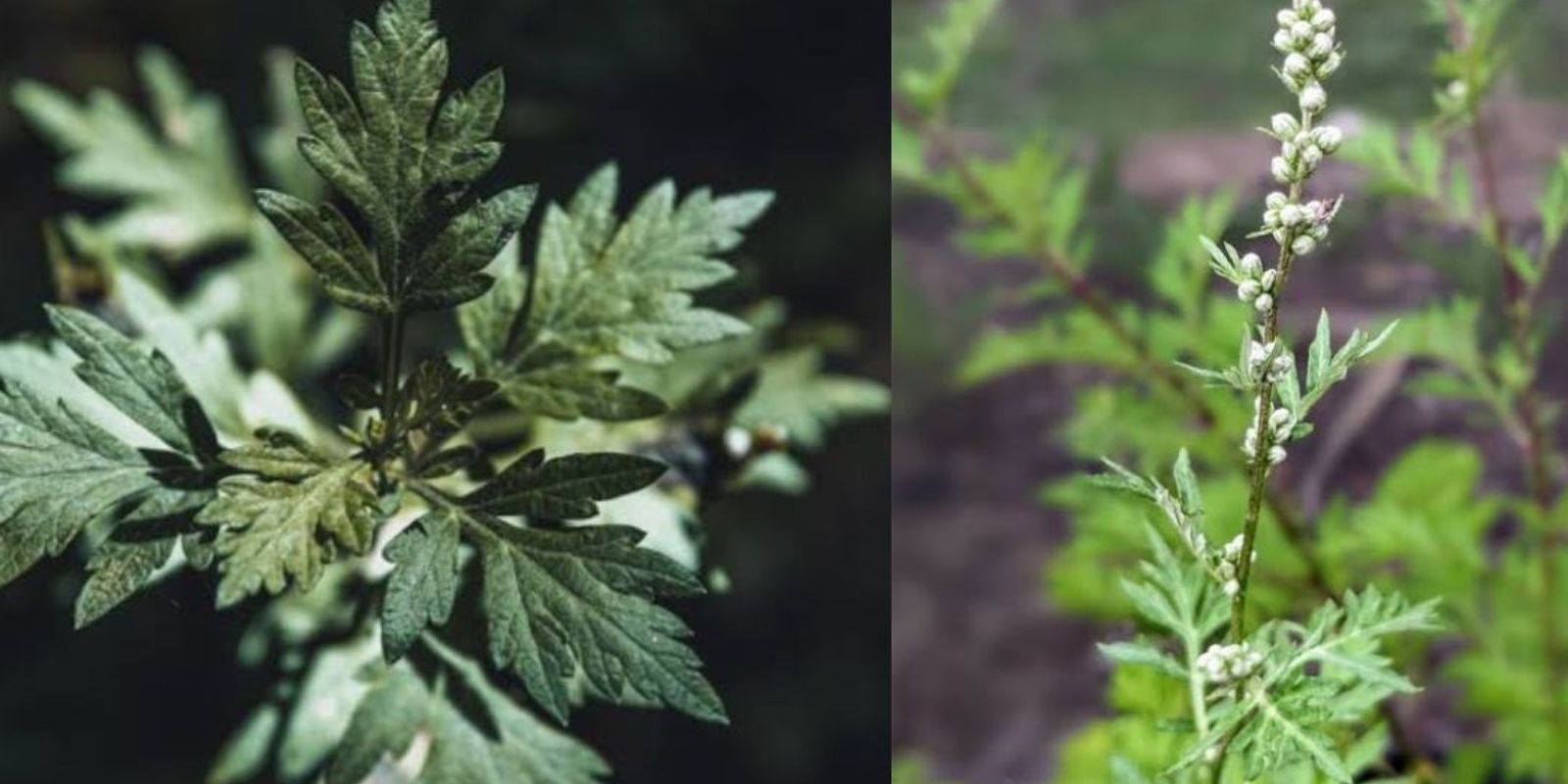Mugwort (Artemisia vulgaris) is one of nature’s best-kept secrets. This unassuming herb, often considered a weed, has been celebrated for centuries for its remarkable medicinal, culinary, and spiritual benefits. With its ability to thrive in various conditions and its powerful healing properties, Mugwort is a must-have addition to your garden. Whether you’re looking to explore herbal remedies, add a unique flavor to your dishes, or simply enjoy the beauty of this plant, Mugwort has something to offer for everyone.
In this article, we’ll delve into the fascinating history of Mugwort, its benefits, how to grow it, and creative ways to use it in your daily life.
The History and Significance of Mugwort
Mugwort has been revered in cultures worldwide. Its name is thought to derive from the Old English word “mug,” referring to its use in flavoring beer before hops became popular. In ancient China, Mugwort was used in traditional medicine practices such as moxibustion to stimulate healing by burning the herb near acupuncture points. Similarly, in Europe, it was known as a “travelers’ herb,” tucked into shoes to protect weary feet and ward off evil spirits.
Today, Mugwort is gaining renewed attention for its diverse applications, from wellness to gardening.
Benefits of Mugwort: Why You Need This Herb
Mugwort’s versatility makes it a standout in any herbalist’s arsenal. Here are some of its key benefits:
- Medicinal Uses:
- Mugwort is known for its ability to improve digestion, reduce inflammation, and calm nerves.
- It is commonly used in teas to relieve menstrual cramps and promote relaxation.
- Some believe it helps enhance vivid dreams when placed under a pillow.
- Culinary Applications:
- Mugwort leaves add a unique, slightly bitter flavor to soups, stews, and even baked goods.
- Its use as a seasoning in traditional dishes like Japanese mochi and Korean rice cakes is well-known.
- Gardening Benefits:
- Mugwort acts as a natural pest repellent, protecting your garden from unwanted insects.
- Its deep root system improves soil quality and prevents erosion.
- Spiritual Significance:
- In many cultures, Mugwort is used in smudging rituals to cleanse spaces and invite positive energy.
How to Grow Mugwort: A Simple Guide
One of the best things about Mugwort is how easy it is to grow, even for beginners. Here’s a step-by-step guide to cultivating this magical herb:
1. Choose Your Source
- Start with seeds, cuttings, or divisions from a mature plant. Seeds can be found online or at a local nursery.
2. Select the Right Location
- Mugwort thrives in sunny to partially shaded areas. It’s highly adaptable and can grow in poor soil, though it prefers well-draining soil.
3. Prepare the Soil
- Loosen the soil and ensure it drains well. Adding a little compost can help improve nutrient content but isn’t essential since Mugwort is hardy.
4. Planting
- For seeds: Sow them shallowly and cover lightly with soil.
- For cuttings: Plant directly into the ground or pots with moist soil.
5. Watering
- Water sparingly. Mugwort is drought-tolerant and doesn’t like overly wet conditions. Allow the top layer of soil to dry out between waterings.
6. Maintenance
- Prune regularly to keep the plant from becoming invasive, as it can spread quickly.
- Mulch around the base to suppress weeds and retain moisture during hot seasons.
7. Harvesting
- Collect leaves and stems in late spring or early summer, when the plant is lush. Dry the leaves for teas or store fresh leaves for culinary use.
Creative Ways to Use Mugwort
Once your Mugwort is thriving, there are countless ways to incorporate it into your life. Here are some ideas:
1. Herbal Teas and Remedies
- Brew Mugwort tea to promote relaxation and digestion. Add a teaspoon of dried Mugwort leaves to a cup of boiling water and steep for 5 minutes.
- Create a soothing oil by infusing fresh leaves in a carrier oil like olive or coconut oil for use on sore muscles.
2. Culinary Experiments
- Use fresh or dried leaves as a seasoning for meat and vegetable dishes.
- Add Mugwort to bread or desserts for a unique, earthy flavor.
3. Dream Enhancement
- For those interested in dreamwork, place dried Mugwort under your pillow to encourage vivid, meaningful dreams.
4. Smudging and Cleansing
- Bundle dried stems and leaves to create a smudge stick. Burn it to purify your home and invite positive energy.
5. Natural Pest Repellent
- Plant Mugwort near vegetables or flowers to deter pests like aphids and moths.
- Create a spray by steeping Mugwort leaves in water and use it as a natural pesticide.
Tips for Success with Mugwort
- Control its Spread: Mugwort can become invasive. Plant it in a container or monitor its growth in your garden.
- Use Responsibly: While Mugwort is generally safe, avoid excessive consumption, especially during pregnancy.
- Experiment Freely: With so many uses, don’t hesitate to try new ways of incorporating Mugwort into your life.
Conclusion: Mugwort, the Unpretentious Wonder
Mugwort is truly a gift from nature. Its ability to enhance health, flavor food, and support your garden makes it an invaluable addition to any home. With minimal effort, you can cultivate this versatile herb and explore its many benefits.
So, why not give Mugwort a place in your garden and daily routine? Share your Mugwort journey with us in the comments below, and let’s discover the wonders of this magical herb together.
🌿 #MugwortMagic #HerbalHealing #PlantPower #SustainableLiving #GardeningTips #HerbalRemedies #NatureInspired #HomegrownHealth #GrowYourOwnHerbs 🌱

